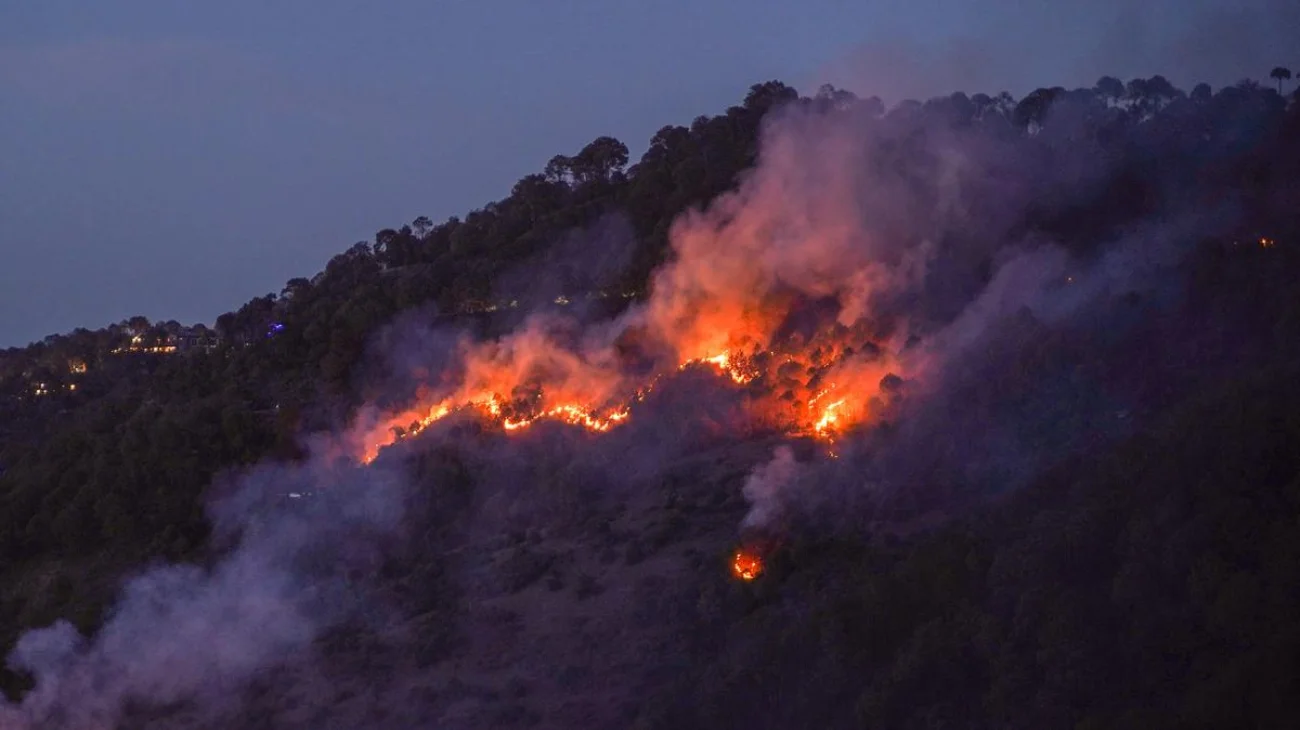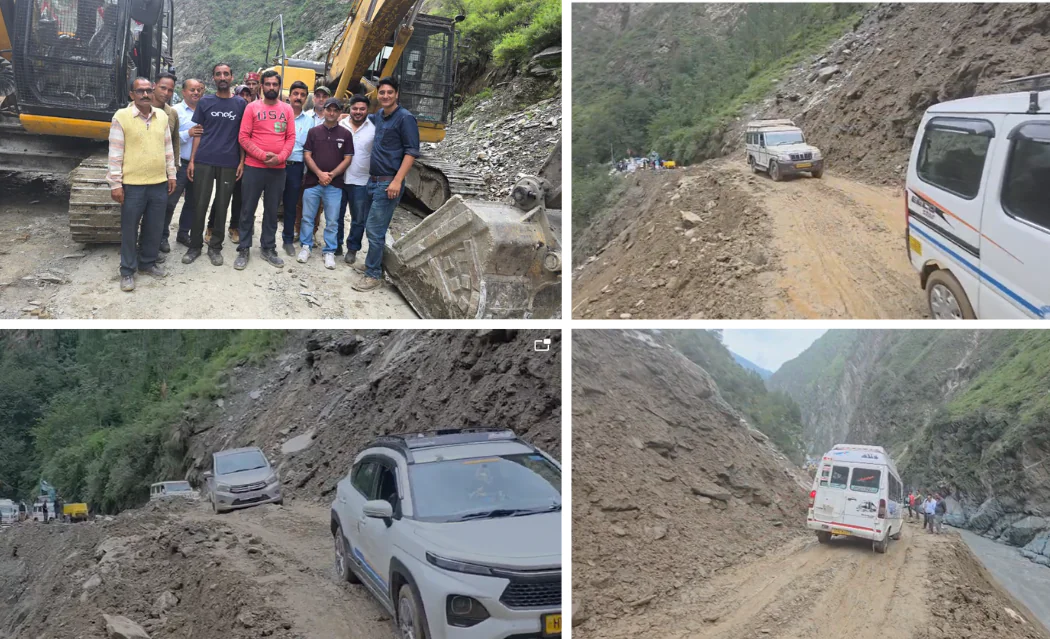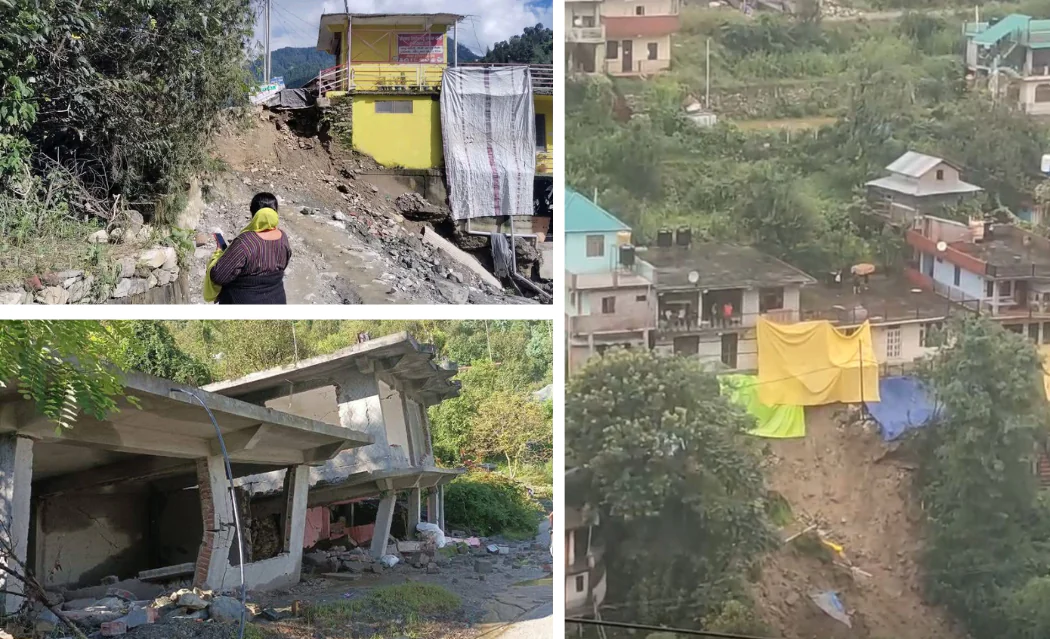With temperatures climbing across Himachal Pradesh, forest fires have made a fierce comeback. In the first nine days of April alone, 15 incidents were reported across seven forest circles, destroying nearly 114 hectares of green cover.
Mandi was the worst affected, losing 54 hectares, followed by Bilaspur with 30 hectares. Forests in Shimla, Solan, Dharamshala, Nahan and even the protected Great Himalayan National Park were also impacted.
This trend has become alarmingly familiar as over 70 per cent of the annual forest fires occur between April and July when dry conditions and human activity create the perfect storm for wildfire outbreaks.
Long-term environmental, economic impact
The effects of these fires go far beyond charred trees. Repeated blazes degrade soil quality, disrupt wildlife habitats and threaten endangered species.
Forest fires also release significant carbon emissions, accelerating climate change and contributing to air pollution in nearby towns and cities. Economically, they damage valuable forest produce, impact tourism and place a heavy burden on firefighting resources.
In 2024 alone, over 2,400 fires destroyed more than 30,000 hectares, marking one of the worst fire seasons in recent memory.
Urgent need for preventive action
Despite annual awareness drives and fire line preparations, the frequency of fires suggests a gap in long-term planning.
Experts recommend enhancing local community participation in forest protection, creating dedicated wildfire response units and investing in early warning technology.
Additionally, stricter regulation on activities like open burning and better forest surveillance through drones and satellite monitoring could make a significant difference.
“Himachal’s forests are not just a source of natural beauty, but vital to the region’s ecology, economy and culture. With climate patterns growing increasingly erratic, forest fire management must become a year-round priority, not just a seasonal scramble,” said Anuja Chandel, a green activist based in Shimla.
Sunil Chadha












